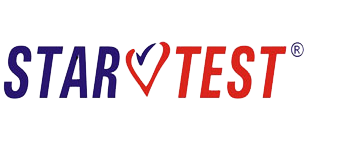Chest (Thorax) and Abdominal (Abdominal) organs are the organs that are displaced by respiratory movements. During tomographic examinations of these regions, the patient holds his breath so that the images can be taken clearly; However, this breath holding process may not be at the same depth every time, and the patient may not always be able to hold the breath in accordance with the device (classical tomography).
Therefore, in the sections taken depending on the patient’s breathing depth; (As seen in the picture above) the section on the right of the picture is not a continuation of the one on the left, and the round white lung lesion has been omitted due to the patient not breathing regularly. Therefore, the next section taken may not actually be a continuation of the previous lung area, and if there is a lesion there, it will be missed by the classical tomography method.
However, in the “Spiral Method” e.g. If the lung is being scanned, the patient takes a deep breath and holds his breath; The device completes the examination very quickly, within 15 seconds, before you start breathing again. Since the lung is scanned in its entirety, there is no section skipping. Spiral Tomography, which has many advantages over Classical Tomography, is of indisputable diagnostic value, especially in Thorax and Abdominal scans.

